Podcast: Play in new window | Download ()
Subscribe: RSS
Do you worship canine guidance?
I think I went through a phase where I placed a very high importance on the presence or absence of canine guidance. I then got thinking…how and why are my patients with AOBs doing just fine? Why is it that some studies suggest that only 5% of the population has canine guidance, and others suggest up to 60%? Is group function really the villain?
This is why I am open to listening to theories that explain this. Posterior Guided Occlusion is one such theory. I am joined by Dr Andy Toy to explore PGO concepts I wanted to delve deep in to PGO – so we split this episode in to 2 parts.
What we cover in this episode:
- We hear Andy Toy’s stories
- How did he get in to ‘Posterior Guided Occlusion’, clear aligners and treating TMD?
- The journey that took him to Pankey
- The story of how Andy met Ron Presswood and the influence that he had in his views on Occlusion
- What is patient driven splint adjustment?
- Why was Andy getting good results with PGO splints, just as he did with traditional tanner appliances?
- Why are we trying to switch muscles off, but Andy is trying to switch them ‘on’!?
- The surprising origins of Bonwill’s Triangle
- What is a functional occlusion?
- Realising that the the quality of the evidence in Occlusion is poor
Link to Dr Andy Toy’s eBook on PGO
All the other downloads from every past episode is on the Protrusive Dental Community


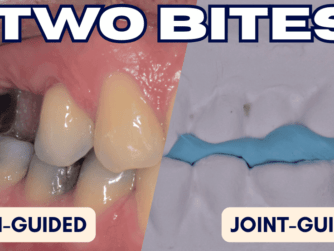
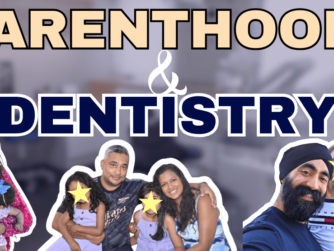
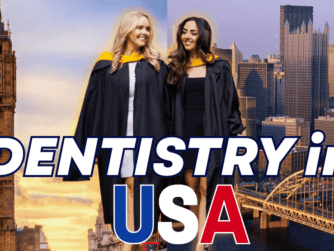
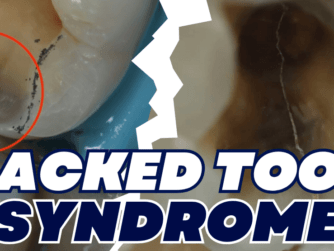
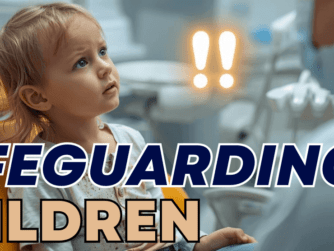

[…] you missed Part 1 and the ebook by Dr Andy Toy, check it […]
[…] you liked this episode, you might enjoy the Posterior Guided Occlusion 2 parts with Dr Andy […]
[…] found some similarities to the Posterior Guided Occlusion (click to listen to the episodes by Dr Andy Toy) in that we place too much emphasis on canine […]
[…] If you liked this episode, you will also enjoy Posterior Guided Occlusion […]